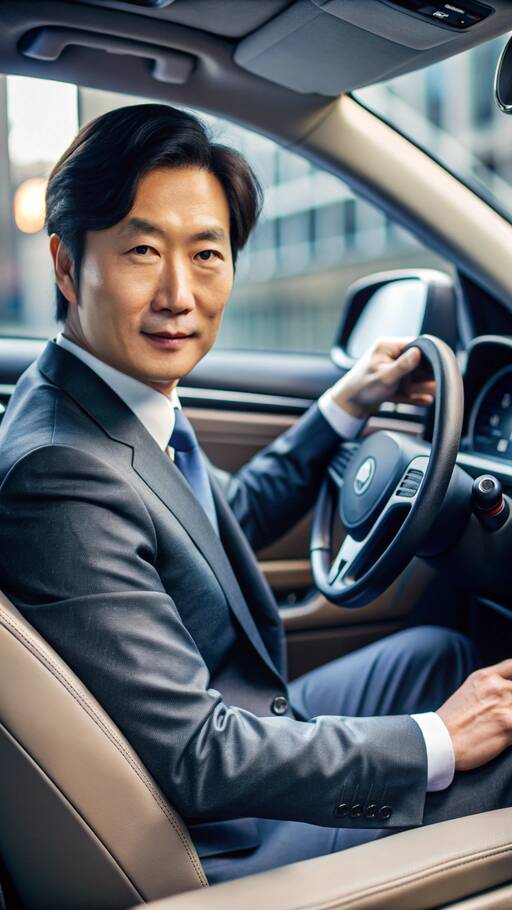
Hyundai's design chief, SangYup Lee, champions the use of physical buttons in their vehicles alongside touchscreens. While the new Ioniq 9 features a touchscreen, tactile controls remain essential. Lee emphasizes the safety aspect, stating, “With your eyes on the road and your hands on the wheel, navigating multiple touchscreen layers can be dangerous.”
Simon Loasby, head of Hyundai's design center, highlights the importance of tactile feedback. He notes, “It's crucial to access major functions without looking away.” As technology advances, this principle will continue to influence Hyundai's designs.
Although the Ioniq 9 incorporates AI-driven voice interaction, not everyone prefers it. The solution? Physical buttons make finding and using controls intuitive across all Hyundai models. Lee asserts that function dictates form, prioritizing usability over style.
Lee values understanding real-world usage and often observes shoppers in UK car parks. He believes that customer needs should strongly influence design. The Ioniq 9’s adaptable center console exemplifies this, allowing easy access in tight parking spaces.
Even though the Ioniq 9 is Hyundai's largest model yet, Lee focuses on human scale and comfort. Drawing parallels to architect Thomas Heatherwick’s focus on elevator buttons, he highlights an approachable design that engages all the senses.
Lee discusses the subjectivity inherent in design, referencing how Renault’s Twingo initially faced criticism but ultimately succeeded. “Design should help people,” he says. Meeting the needs of diverse generations, from Gen Z to Boomers, is a challenge Hyundai embraces.
Hyundai prioritizes safety and user experience with its commitment to physical buttons and intuitive design. By balancing innovation with usability, Hyundai aims to meet a variety of customer needs in a rapidly evolving market.